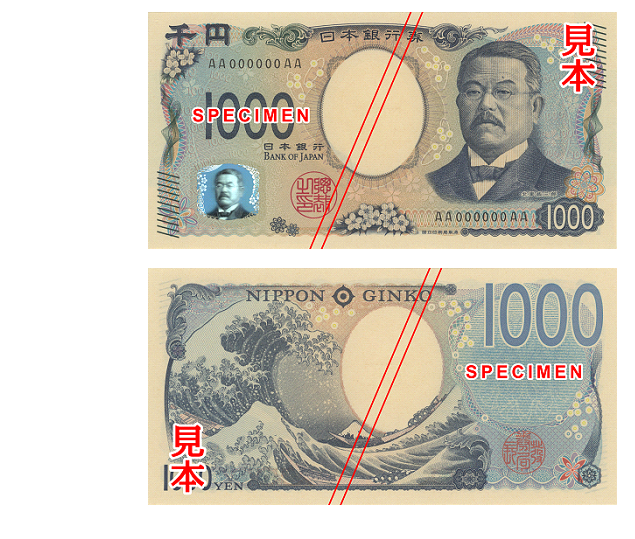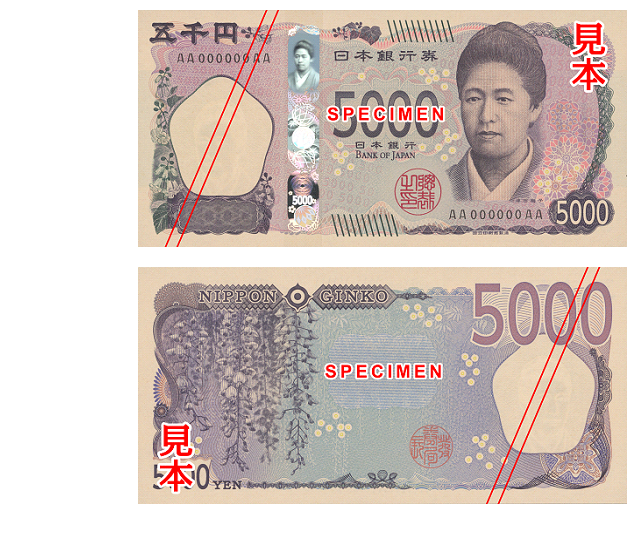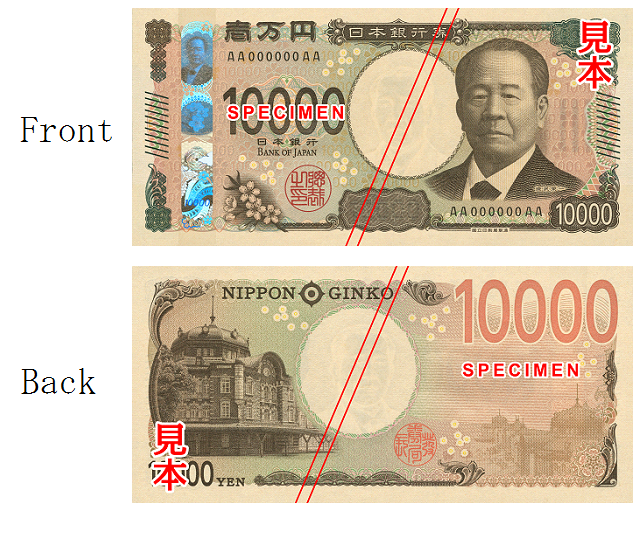Japan has unveiled a new series of yen banknotes embedded with advanced 3D hologram technology. This groundbreaking initiative marks a significant step in the fight against counterfeiting and reflects Japan’s commitment to maintaining the integrity of its currency. The new banknotes will not only enhance security but also feature design elements that celebrate Japan’s rich cultural heritage.
The Need for New Banknotes
Rising Counterfeiting Threats
Counterfeiting has been a persistent issue globally, with criminals employing increasingly sophisticated methods to replicate currency. In Japan, the challenge has grown as counterfeiters have adapted to existing security measures.
Enhancing Public Trust
The introduction of these new banknotes aims to bolster public confidence in the currency. By deploying state-of-the-art technology, the Bank of Japan seeks to reassure citizens and businesses alike that the yen remains a secure and reliable means of transaction.
The Technology Behind the New Banknotes

3D Hologram Technology
The most striking feature of Japan’s new banknotes is the incorporation of advanced 3D hologram technology. This sophisticated anti-counterfeiting measure involves embedding holographic images into the fabric of the banknotes. These holograms are not merely superficial decorations; they represent a complex layer of security that shifts and changes color when viewed from different angles. The dynamic nature of these holograms makes them extremely difficult to replicate, deterring counterfeiters and ensuring the authenticity of the currency.
Micro-Printing and Watermarks
In addition to the 3D holograms, the new yen banknotes incorporate micro-printing, a technique involving the use of extremely small text that is challenging to reproduce accurately. This micro-printing is often hidden in intricate patterns and can be seen clearly only under magnification. Complementing this feature are watermarks, which are embedded during the paper production process. These watermarks, visible when the banknote is held up to light, add another layer of security, further complicating the efforts of counterfeiters.
Color-Shifting Ink
Color-shifting ink is another pivotal technology used in the new banknotes. This specialized ink changes color depending on the angle of light and the angle at which the note is viewed. Typically used in the denomination numbers or key parts of the design, this ink provides a quick and effective way for both machines and individuals to verify the authenticity of a banknote. The subtle yet distinct color changes are easy to check and difficult to duplicate with standard printing technologies.
Tactile Features
For the visually impaired, the new banknotes include tactile features such as raised printing and specific patterns that can be felt by touch. These tactile elements are strategically placed to assist in the identification of different denominations without the need for visual verification. This thoughtful inclusion not only enhances security but also promotes inclusivity, ensuring that the currency is accessible to all members of society.
High-Resolution Printing
High-resolution printing technology is employed to create detailed and intricate designs that are challenging to counterfeit. The use of fine lines, complex patterns, and vivid colors not only adds to the aesthetic appeal of the banknotes but also serves as a deterrent to counterfeiters. The precision and clarity of these high-resolution prints are difficult to achieve with standard printing equipment, providing another layer of protection against fraudulent replication.
Enhanced Durability
The new banknotes are also crafted to be more durable than their predecessors. The use of advanced materials and improved manufacturing techniques results in notes that can withstand the rigors of daily use for extended periods. Enhanced durability not only ensures the longevity of the banknotes but also maintains their security features over time, as wear and tear can sometimes make older security elements less effective.
Future-Proofing Against Counterfeiting
The combination of these advanced technologies makes the new yen banknotes some of the most secure in the world. By staying ahead of potential counterfeiters, Japan is not only protecting its economy but also ensuring the integrity of its financial system. The continuous advancement in anti-counterfeiting technologies reflects a proactive approach to maintaining currency security in an increasingly digital and interconnected world.
The Faces on the New Notes
¥1,000 Note: Shibasaburo Kitasato

A Pioneer in Medical Science
Shibasaburo Kitasato, the new face of the ¥1,000 note, was a pioneering bacteriologist. After receiving his medical degree from the University of Tokyo in 1883, Kitasato went to Berlin to study with the renowned German bacteriologist Robert Koch.
Achievements and Contributions
In 1889, Kitasato became the first person to grow a pure culture of tetanus. He later collaborated with Emil von Behring to produce a serum therapy for tetanus, along with antitoxins for diphtheria and anthrax. Although both were nominated for the first Nobel Prize in Medicine in 1901, only von Behring received the honor.
¥5,000 Note: Umeko Tsuda

Early Life and Education
Umeko Tsuda, featured on the ¥5,000 note, was sent to the United States at the age of six as part of a diplomatic mission. She lived with a host family in Washington, D.C., and studied there until she returned to Japan at 18.
Advocate for Women’s Education
Upon her return, Tsuda experienced significant culture shock and found the Japanese education system for women lacking. She dedicated her life to improving educational opportunities for women in Japan, ultimately founding Tsuda University, which remains one of Japan’s leading institutions.
¥10,000 Note: Eiichi Shibusawa

The Father of Japanese Capitalism
Eiichi Shibusawa, the new face of the ¥10,000 note, is hailed as the father of Japanese capitalism. Born in 1840 to a wealthy family of indigo farmers, Shibusawa was educated in Japanese history and the Confucian classics.
Contributions to Modern Banking
Shibusawa introduced modern banking concepts such as double-entry bookkeeping and joint-stock corporations to Japan. He established the First National Bank in 1873 and advocated for sustainable business growth. Throughout his life, Shibusawa was involved in founding over 500 companies, including Sapporo Brewery and the Imperial Hotel in Tokyo.

